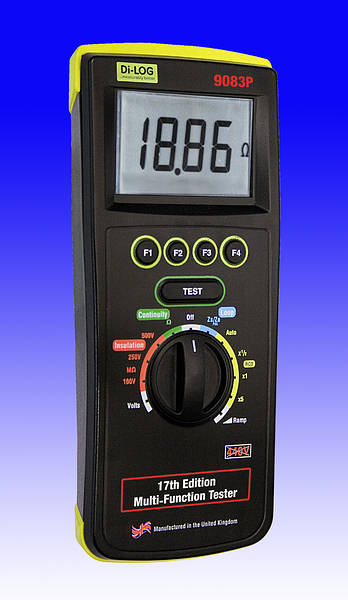There is only one organisation who can decide if you have the skill, and that is the courts. When you look at past court cases they seem to come up with some odd ideas. To my mind an electricians mate is an instructed person, and I would in the past have had no qualms sending one to plug in a tester and write down the results. However the court did not agree, they seemed to say the electricians mate did not have even that amount of skill, I suppose the events leading up to the court case showed the mate in fact did not have the skill to do the job, as instead of writing down what the meter said, he fudged up some results after talking to others in the mess hut.
I am talking about the
Emma Shaw case. Where the foreman was found guilty, and this would be the same if either a scheme provider authorises some one without the skill or LABC authorises some one without the required skill.
I think it is easy in hind sight to say some one did not have the skill, if they got it wrong, then they clearly do not have the skill, where the problem lies is before anything goes wrong, and some one has to decide if the guy doing the work has the skill. Of course some one may have the skill, but does not use due care and attention. Or simply just in a hurry and greed takes over, the what can I get away with workman.
As to BS7671 it is also down to how you read it, one would need a degree in English, take the "Every installation shall be divided into circuits, as necessary, to reduce the possibility of unwanted tripping of RCDs due to excessive protective conductor currents produced
by equipment in normal operation." Clearly you can use as many MCB's as you like, if it's all being fed from the same RCD it will not reduce the possibility of unwanted tripping, and the RCD does measure the current which is not balanced, and if the current goes over a set limit it will trip, so I would say it is an over current device.
Remember "
Circuit. An assembly of electrical equipment supplied from the same origin and protected against overcurrent by
the same protective device(s)."
However many argue a RCD does not form a circuit.
314-01-01 with old 16th Edition had no reference to RCD but 314.1 in 17th did, and at that point the duel RCD consumer unit came on the market, manufacturers seemed to consider it was good enough to have just two main circuits, feeding multiple sub circuits, they also produced the all RCBO consumer unit, and it is up to the skill of the designer to decide what is required, there is no cut and dried answer. Where the stairs are in the centre of a house with no window directly lighting them, it could be argued they need a RCBO supply, however that does not help if the incoming supply fails, so an emergency light would be better.
But the whole point I am making is there is no cut and dried answer, the regulations have reduced in some ways the skill required, but they are not law, you can fit German sockets if you really want, even if they don't comply with regulations. So to make the decision you need to understand to some extent the why, and not just try and follow what it says, but what you think it is intended to say.
If some one says they are going to decimate the work force, it may technically mean getting rid of 1 in 10, but often it means something very different, so one has to learn to read between the lines.
So if you modified a ring final and once complete you tested each socket with an EZ150 Martindale plug in tester, although it passes at 1.5Ω and the limit is 1.37Ω should at a latter date some one was injured the big question is, would the court decide it was due to using unsuitable test equipment, or would they consider you had done what could be reasonably expected, I would hope the latter, or there is really no point in Martindale making the tester.
We will of course have to let the courts decide.





